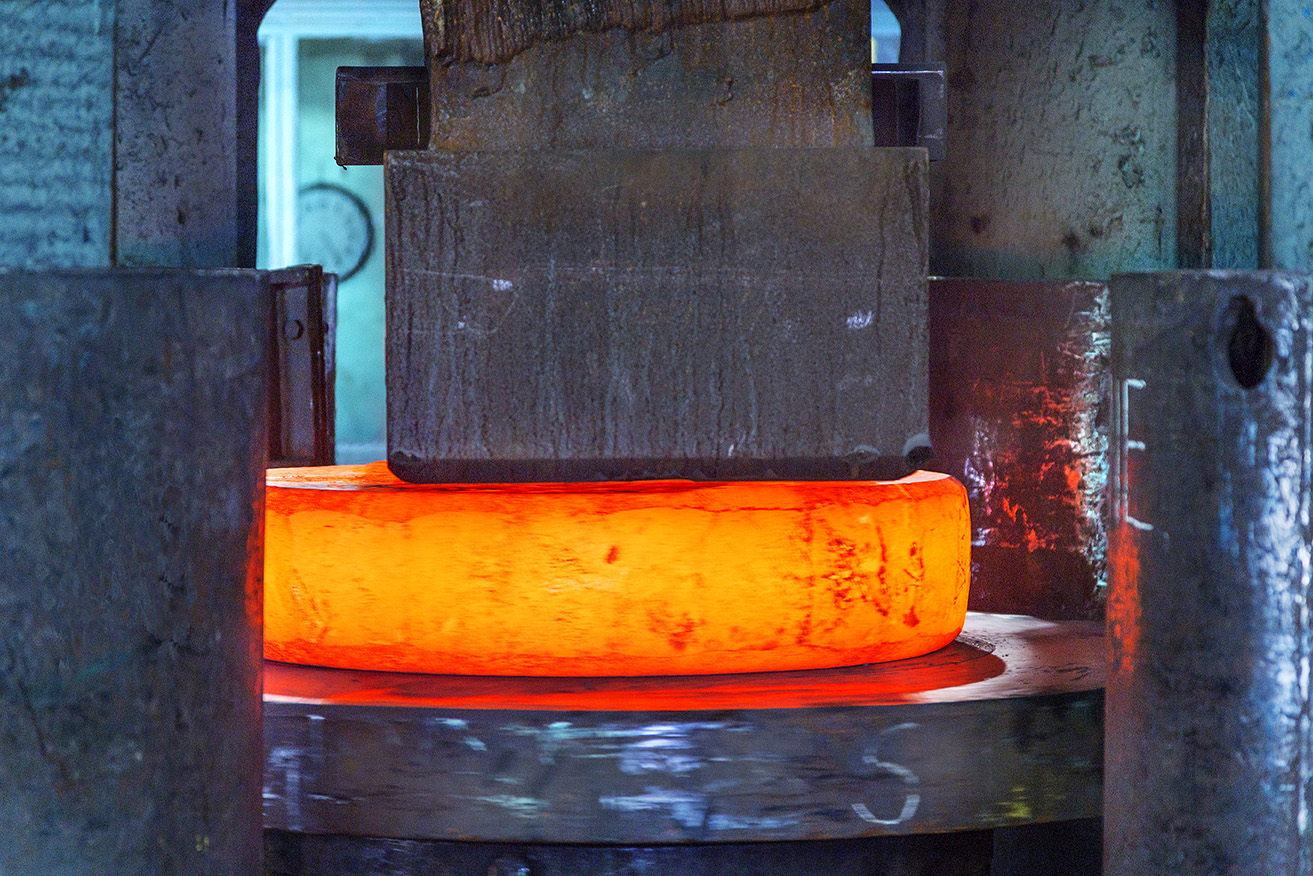Cast Metal vs Forged Metal
At CanForge, we’re frequently asked about quotes for casting metal components. There’s a common misconception that casting and forging are similar processes that yield the same results. This assumption can lead to costly errors because there are significant differences in how cast versus forged parts should be used.
Casting or Forging: What’s the difference?

Casting is the process of pouring liquid metal into a mold of the desired shape. The component is then cooled before being removed from the mold. Any excess material is trimmed. Forging differs because the working piece of metal is heated but remains in a solid state. The piece is then formed into shape using a hammer or press. If using a closed die process, the forging is placed into a molded impression of the desired component and hammered into shape. While casting and forging both use molds to shape metal, the similarity ends here.
Every piece of metal has a structure made of crystallized grains. If you were to look into a microscope, these grains, known as dendrites, would resemble small pine trees. The process of how metal is shaped when heated and cooled will determine how the dendrites will form. It’s this grain structure that marks the biggest difference between casted and forged parts.
Casting and forging create different grain structures that impact a component’s overall strength and durability. In a casted piece of metal, there is no grain flow. This is because as the casted piece cools, the dendrites form into grains without any direction. The grains will vary in size and texture. The lack of consistency among the grains results in voids in the component’s structure.
Unlike casting, the forging method creates a directional grain structure, commonly referred to as grain flow. When the piece is hammered, this pressure keeps the grains closer together. This reduces the voids that occur in the casting method. The forged bar process creates grains that are directionally aligned and this consistency makes a significant difference in the final product.
Which method is better?
Without a proper grain structure, casted parts are more limited in what they can do. The voids produced during casting creates a weaker structure that is unable to withstand frequent pressure. Casting is suited for components that rely more on detail than durability. While casting can be used to create parts with complex shapes, these parts are also more susceptible to defects.
In comparison, forging creates an optimal grain structure for components that must stand up to high-stress conditions. Forged parts are known for their durability and have higher fatigue strength. For industries like aerospace that have little room for error, forged components are the best choice for reliability and performance.
Reach out to CanForge today to request a quote for open die or closed die forged parts.
